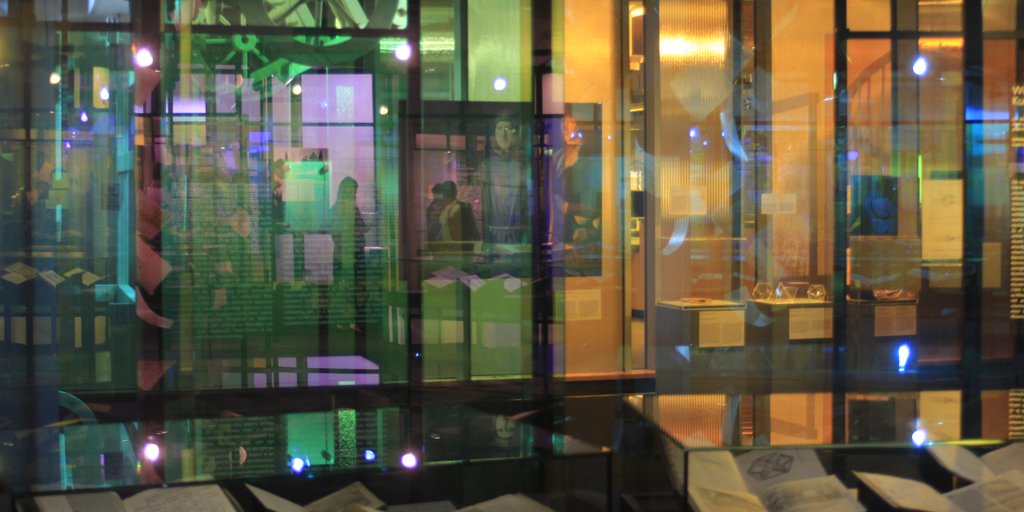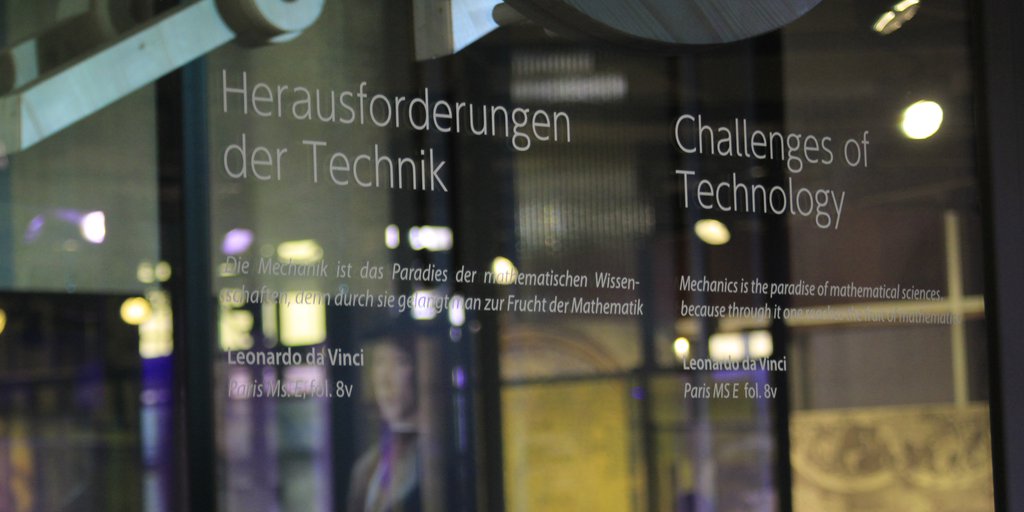
Challenges of Technology <
Mechanics is the paradise of mathematical sciences,
because through it one reaches the fruit of mathematics
Leonardo da Vinci
Paris MS E, fol. 8v. Translation: Elizabeth Hughes
Leonardo was able to develop his technical understanding and knowledge from an early age as an apprentice in the workshop of the gifted painter, sculptor, and goldsmith Andrea del Verrocchio, an expert in various artistic techniques and materials. Leonardo admired the machines that Filippo Brunelleschi had developed for the construction of the dome of the Florence Cathedral. (The copper sphere of the dome lantern that Leonardo later referred to in his writings was made in the Verrocchio workshop.) When Leonardo moved to Milan in 1482, where he had successfully applied for a permanent position at the Sforza court, primarily as a military engineer, he deepened his technical knowledge in many areas. An ambitious autodidact, he studied contemporary specialist technical literature and became a prototype of the artist-engineer. Two predecessors who particularly impressed him were Mariano di Jacopo Taccola (1382–1458) and Francesco di Giorgio Martini (1439–1501), both from Siena. The latter, like Leonardo, was a versatile artist-engineer in court service. Leonardo’s technical interests were fundamentally influenced by the extensive writings of Roberto Valturio (1405–1475), which belonged to his library. Leonardo’s wide-ranging interests, his love of experimentation, and his power of imagination, but not least his outstanding skills as a draftsman, soon enabled him to surpass his role models and opened up previously unknown possibilities in the visualization of technical relationships.
The technology argument <
 | 67.
“Job application” to Ludovico Sforza ca. 1482 |

A few years after his arrival in Milan, Leonardo tried to obtain a post at the court of the Sforzas by recommending himself to Ludovico il Moro as a military engineer. He did not compose the draft letter shown here alone—it was written with the help of a friend or colleague. The many Latinisms in the text are unusual for Leonardo’s writing style. The application concentrated first of all on Leonardo’s military expertise (including plans for light, transportable temporary bridges, fortifications, artillery pieces, etc.). Only at the very end does he mention his artistic skills—first as a sculptor and bronze caster (with a view to the equestrian monument Sforza was planning (68 ▲)) and, last of all, as a painter.
References
Bambach, Carmen C. 2019a. Leonardo da Vinci Rediscovered. Vol. 2: The Maturing of a Genius 1485–1506. 4 vols. New Haven / London: Yale University Press, 134 f.
Idem. 2019b. Leonardo da Vinci Rediscovered. Vol. 4: Scholarly Apparatus to Volumes One, Two, and Three. 4 vols. New Haven / London: Yale University Press, 7–8.
Marani, Pietro C., ed. 2019. Lettres de Léonard de Vinci. Aux princes et aux puissants de son temps. Rome: De Luca Editori d’Arte.
Vecce, Carlo, ed. 2019. Leonardo and His Books. The Library of the Universal Genius. Exhibition catalogue Museo Galileo, Florence, 6.6.–22.9.2019. Florence: Giunti, 94, no. 6.3.









